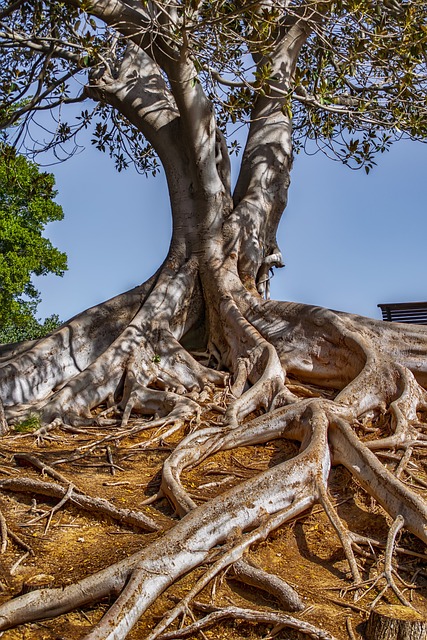Fruit Trees: Practical Care and Sustainable Planting
Fruit trees can transform a yard into a productive, wildlife-friendly landscape while providing seasonal harvests and shade. Planting and maintaining fruit trees requires attention to site selection, soil health, watering, pruning and pest management. This article covers practical, sustainable approaches for planting and caring for fruit trees, with specific tips for outdoor placement, watering schedules, appropriate mulches, and growing varieties such as the pear tree.

Choosing fruit trees for outdoor spaces
Selecting the right fruit tree starts with matching species and cultivar to your climate, soil type and available space. Consider mature size (standard, semi-dwarf, dwarf) so the tree fits the intended outdoor area without crowding structures or utility lines. Soil drainage is critical: most fruit trees prefer well-draining loam with a slightly acidic to neutral pH. If your yard has heavy clay, amend planting holes with organic matter and consider raised beds or mounds. Also think about chill hours for temperate fruits and cross-pollination requirements—some apples and pears need a compatible neighbor to set a reliable crop.
How often should you water fruit trees?
Newly planted trees need consistent moisture while roots establish—typically a deep soaking once or twice a week during the first year, adjusted for rainfall. Established trees are more drought-tolerant but still benefit from deep, infrequent watering during dry spells to encourage deep root growth. A common approach is to apply 10–20 liters (2–5 gallons) per watering for small to medium trees, more for larger specimens; water slowly to reach the root zone rather than wetting the surface only. Mulch and soil amendments reduce evaporation, and a drip irrigation system can provide efficient, targeted watering for both young and mature trees.
What mulch works for fruit trees?
Mulch conserves soil moisture, moderates temperature, and suppresses weeds—benefits that support healthy fruit trees. Organic mulches such as shredded bark, wood chips, straw, or well-rotted compost are widely used. Apply a 5–10 cm (2–4 inch) layer, keeping mulch a few inches away from the trunk to avoid moisture build-up that can invite rot or pests. Replenish organic mulch annually as it breaks down, and consider compost around the drip line to supply nutrients. Avoid fresh sawdust or uncomposted wood chips directly against roots unless mixed or aged, because they can temporarily tie up nitrogen.
How fruit trees support sustainability
Fruit trees contribute to sustainability in multiple ways: they sequester carbon, reduce food miles when you grow fruit locally, and provide habitat and forage for pollinators and beneficial insects. Integrating fruit trees into a garden encourages diversified plantings, which can lower pest pressure compared with monocultures. Water-wise practices—mulching, drip irrigation, drought-tolerant rootstocks—and organic soil building reduce inputs and chemical dependence. Fruit trees also support soil health through leaf litter and root turnover; managing them with regenerative practices enhances long-term resilience and productivity of the landscape.
Care considerations for a pear tree
Pear trees are hardy choices in many temperate regions and often tolerate heavier soils better than some other fruit trees. Choose cultivars suited to your chill hours and consider whether pollination partners are required—many pear varieties are self-incompatible. Prune in late winter to open the canopy and encourage scaffold branches while maintaining accessible fruiting wood. Pears can be susceptible to fire blight and codling moth; monitor for early signs of disease and insect activity and favor cultural controls—sanitation, proper spacing, and vigor management—before resorting to treatments. Proper watering, mulching, and balanced soil fertility are central to sustaining tree health and fruit quality.
Managing pests, pruning and local services
Regular inspection helps catch pest or disease problems early: look for discolored leaves, cankers, unusual fruit drop, or chewing damage. Pruning shapes the tree, improves light penetration, and removes diseased wood; aim for an open center or central leader structure depending on species. For complex issues or larger trees, consult local services such as certified arborists, extension offices, or community orchards for region-specific guidance and help with pruning, diagnosis, or safety concerns. When seeking help, compare credentials and ask about integrated pest management approaches that prioritize monitoring and nonchemical options.
Conclusion
Growing fruit trees is a long-term investment in landscape function and food resilience. With thoughtful selection, appropriate outdoor siting, consistent but efficient watering, careful mulching, and attention to sustainability principles, fruit trees like pear trees can provide reliable yields, habitat benefits, and enjoyment for years. Ongoing observation, seasonal pruning and soil-building practices will support healthy trees and productive harvests.






